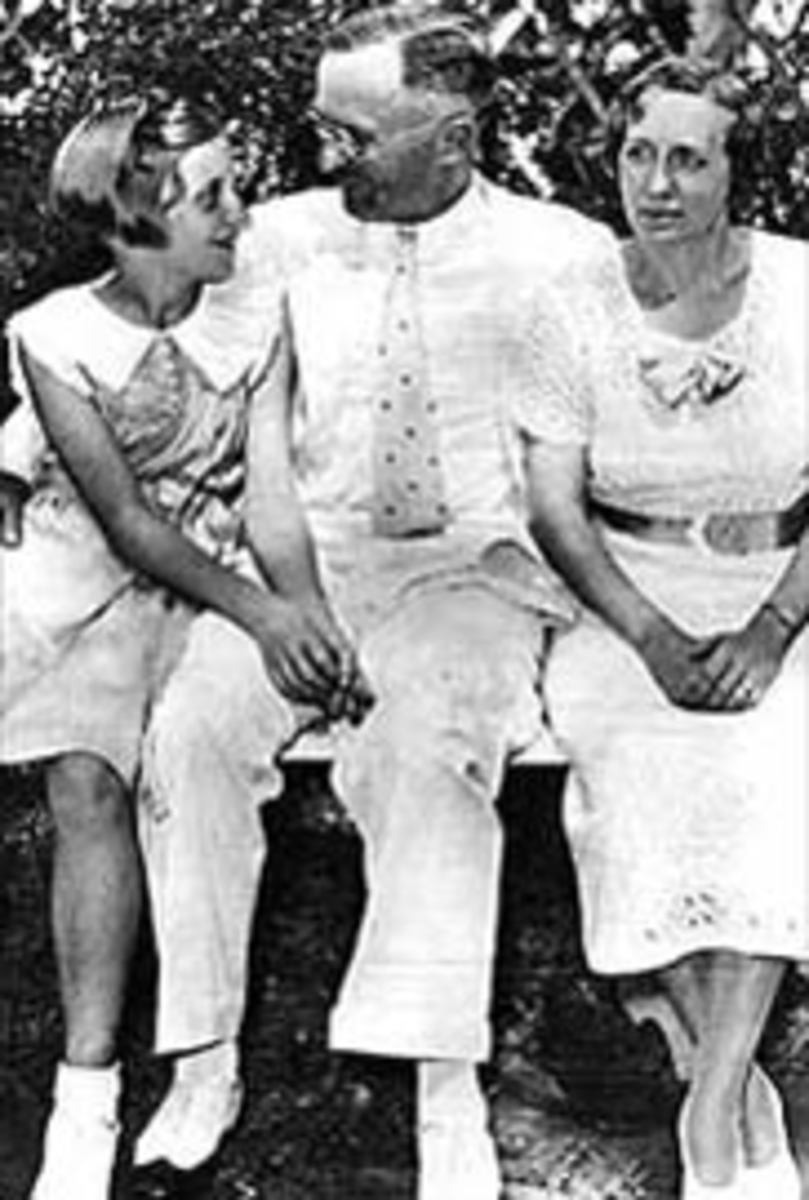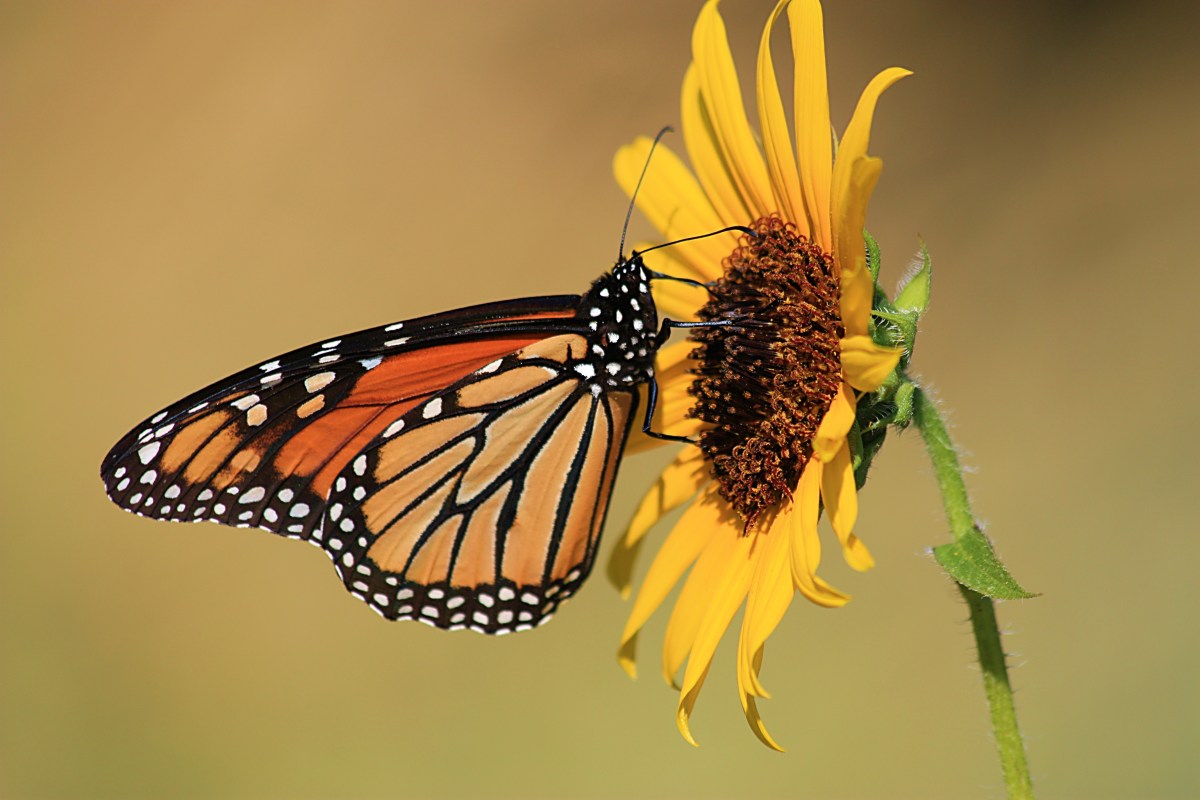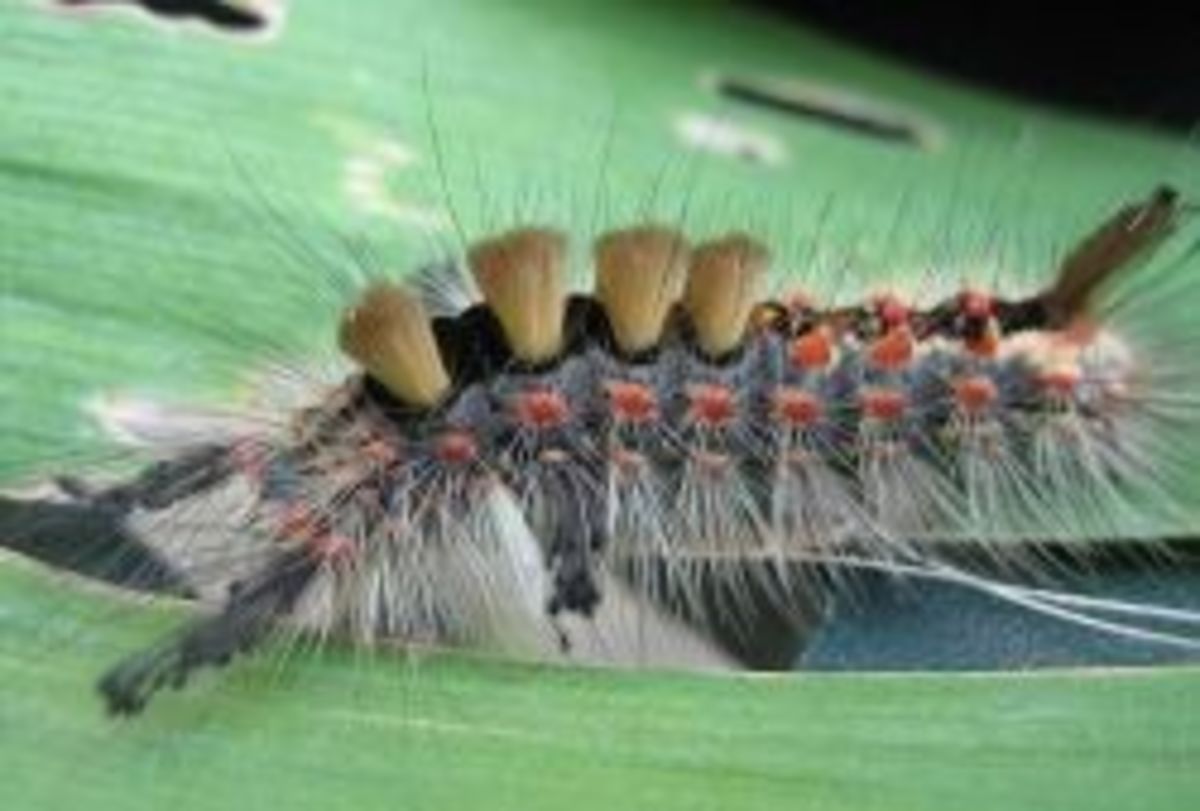10 Cool Tips How to Photograph Wild Animals
Animal Photography - never photograph while flying yourself...
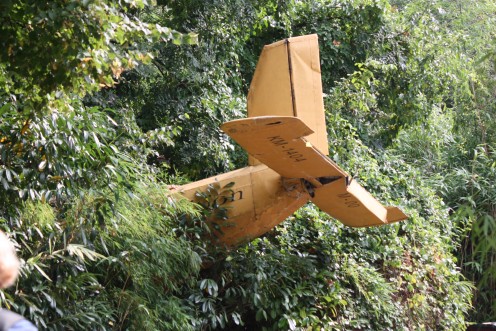
The Problem
The problem with really good advice for animal photography is that your hardly get it. At least not for free. Wannabe professional photographers don't like to tell their tricks and creative ideas how to take the best picture in nature. So, their articles which you can find online usually end with something that sounds like a commercial for the camera and lens industry. You hardly find real practical and helpful tips or tricks. You can easily discover the real pros among all photographers as they love to talk about their job and to discuss.
But be carful to book a photo travel with a "pro". I experienced this being a waste of money. The travel experience is great, but much cheaper if you book it yourself and discover the places on your own with your camera. That's the best way to learn because you figure out a lot of tricks by doing. What the human brain learns by doing it will never forget.
Real professional photographers are very relaxed and sovereign, discuss a little, without telling everything. Actually they have one favorite camera which they use whenever possible and love to talk about the light. In other words, if you are interested in shooting outdoors and looking for tips and tricks or where and how to start you will have to figure out most things on your own - just like I did.
Of course I studied several books about professional photography, but I must say I learned more by doing and by accident. Partly my accidents have been articles in photography magazines where I found unexpected informations. More often I learned from watching great animal pictures in magazines like 'National Geographic' or watching documentaries. You must know these photos are of course pimped by any image editing program, but you can learn a lot about the light, picture composition, the point of view and the angle from where to shoot best. When I did not know how to reach this or that effect I found in a picture with my own camera I simply read the camera instructions again.
It is really that simple: the more you watch professional wild life photos and practice your own animal photography the better your animal pictures will become. If you follow this advice you will learn fast and get better results soon. If you fear to forget which shutter speed, aperture and lens you used or where you found that wonderful tree that you would like to photograph in a series of all seasons then simply take a small notebook with you. All creative people always have such a notebook in their pocket and write down new ideas, notes, inspiring quotes, technical informations addresses and contacts. So, you see this is nothing odd-looking, but very usual for creative people.
Now, I will give you here 10 more tips how to behave between wild animals, how you could prepare and how to take the best pictures. Enjoy!
A Sleeping Flamingo Baby Isn't Dangerous For A Photographer...
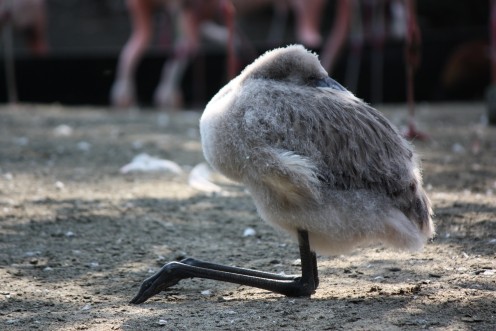
Number ONE
If you want to shoot wild animals you have to be an early bird and get out early in the morning. The point is that animals are hungry at daybreak and move to find food. Hence, you should dress in natural colors like green, brown, khaki - 'camouflage' is the keyword - and leave your house.
Furthermore, you should hide of course and sit down, knee or lie flat on the ground. Therefore it is recommendable to take a blanket or yoga mat with you. This is because by every movement and every noise you make the animals will flee. That's their nature. Hence, be smart and quiet because every sound will be heard louder in the quietness of the early morning.
The same is true of your camera. The animals will hear each 'klick' noise of what ever you do. The trick is to prepare your camera, turn it on, take off the lens cover before you reach the place and have the right lens and aperture already adjusted.
Furthermore, you could use a camera cover like it is used in film business. Set photographers put their cameras into a cover which looks a little like a neoprene dress for cameras. This is very recommendable, but I promise: the only equipment advice I have.
... As Long As The Whole Family Is Sleeping As Well.
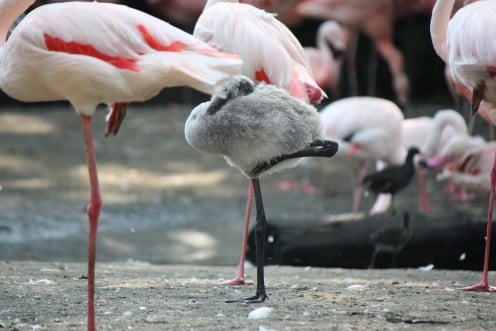
Some Animals Might Have Different Plans Than You - Take Your Picture Anyway!
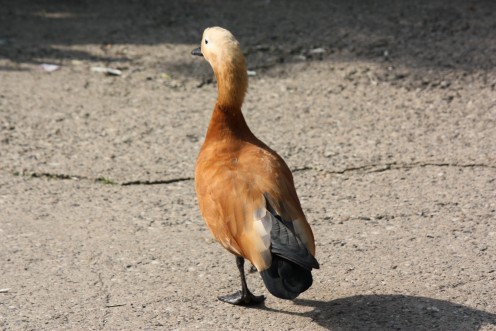
Number TWO
You have to be quick for taking wild life or animal photos. As I described before it will happen that your wild 'models' suddenly decide to run away or they simply turn into a different direction - which, of course, will be the direction you never wanted them to turn to. Hence, you need to be fast with your camera.
Above I already mentioned to keep your camera prepared as you then won't have to move much and avoid making more noises than necessary. An unbelievable 'trick' (which is actually no trick) the pros use is that they press the so called 'Back Button'. Don't be shocked when I tell you this button is the AF (auto focus) button. This is no fairy tale, but shocking reality. You know why? Simply because they can shoot faster without first pressing the shutter release half down, wait until the focus is finding a position and then notice that the object has moved and you have to find your focus again. If you don't have such an AF button check your lens as most lenses have an extra AF button and turn this on.
Choose a Wider Angle to get More Opportunities with Photoshop
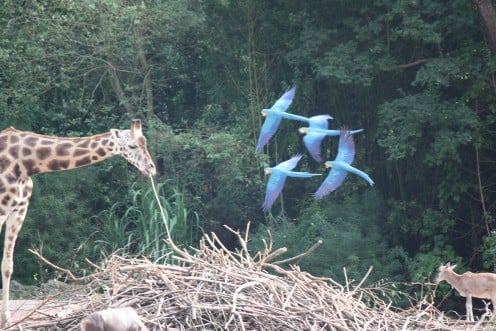
Number THREE
Don't fear cutting your photos afterwards. Personally I don't like to edit my photos afterwards which actually is a good thing as it brings me to shoot as long as it takes until I'm happy with the result. By this I learned a lot about the point of view and angles, about movement and backlit etc.
You must know that you have to be quick when photographing wild animals or any other natural events - even simple moving flowers or leaves in the wind. The point is that the moment you want to capture can be history within a second and you were not fast enough. Hence, be smart and shoot in a wider angle while focussing your object. The work on the computer afterwards will bring you several results for great cutouts. So, by using this trick you will have more photos afterwards than you took.
If you think this is not for you - just remember that our life is a very fast running life and we all can take fantastic pictures with our smartphones, iPads and even with the cheapest cameras. Be smart and use the technique for your advantage!
Control Your Breathing When Taking Pictures - No Matter Where
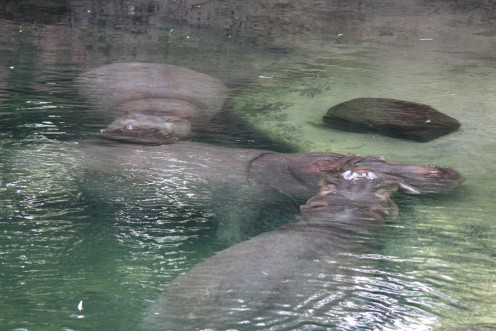
Number FOUR
Of course it is recommendable to dress comfortable and warm while you are lying on the ground and wait for the ideal moment to take a picture. I think this is important to mention because you will lie there without moving, your muscles will hurt and the morning time can be pretty cold - even in the desert.
Don't worry, this was not tip number four, but it's important as much as that you must learn to breathe slowly and less. Photographers have to be in good shape. First of all because they need some power to travel and walk around with their equipment and they need to be sportive to climb hills, go down on their knees, lie down on the ground and hold the weight of their camera including the heavy lenses.
All these points you will experience and discover that your fitness needs more of your attention. In addition tip number four is to learn to take your pictures without breathing. It is - for above mentioned reasons - recommendable to bring as less equipment as possible for a wild life shooting. Furthermore, you will have not time to build up a tripod and your camera. Even if you prepared your 'set' and wait like a hunter to take a picture you will learn very soon that this will not work out for you - simply because the animals probably won't do what you would like them to do. In such a moment you are not flexible enough with all your equipment to react to changing situations.
The trick is to shoot out of your hand and begin by breathing slowly, because this calms you down and your heart will beat slower. Animals smell if you have fear and they hear your heart beating fast as well as your fast breathing. Hence, exercise how to calm down, how to breathe flat but still relaxed and how to stop breathing in the moment when you press the release button. By this you avoid or at least reduce the camera shake which will optimize the result of all your pictures.
First Check The Light's Direction Then Choose Your Point of View
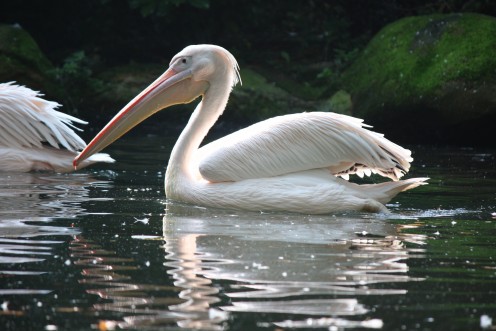
Number FIVE
Many photographers have difficulties with finding the right aperture for the natural light. They play around with white balance, shutter speed and light sensitivity (ISO setting) and lose much time. This is no time waste as you learn from your experience, but only if you really remember each step and decision you made - what you mostly won't.
It can be easy if you remember the rule simply to choose f/8 when the sun shines. Go from there before you test and check out all combination possibilities. As soon as clouds appear it indeed can be helpful to raise the ISO dial and still use f/8 instead of trying other apertures. This advice is again to react fast to changing situations.
Use The Moment And Make Your Photo! An Out Of Focus Picture Is Better Than No Photo At All!
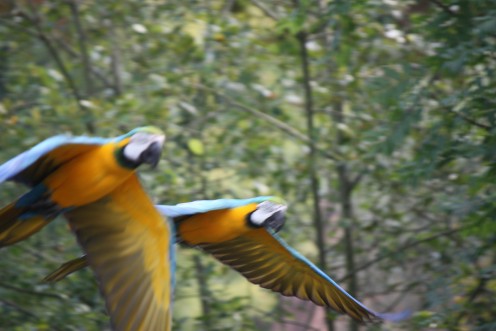
Number SIX
Think about possible image compositions before you go out for your shoot. Would you like a nice composition then you should check out your set before the shooting day. Have a look for all plants, make notes where you would like to place your camera and find a good place where you can hide. Bushes and high grass are great, but what if you find a tree to sit on for a while? By checking this out before your shooting you will find a solution how to get up there and bring what ever is necessary to make it happen.
Have an eye for the light and where the sun will raise and how shadows will fall. Try to think like the animals you want to photograph. Where will they hide and where come out. Will they stay between trees? This can be challenging for you as the photographer because there is less light. Simply prepare as much as you can and develop ideas in case all your plans will fail.
But: As soon as you start shooting forget everything you thought about before and simply follow your inner voice. You are prepared? Great, then now stop thinking and make your pictures. Animal photography has a lot to do with luck and happiness. Being lucky to be at the right place at the right time and enjoying the moment to witness nature events and watch wild animals is the best you can do. Enjoy what you are doing and your results will be unbeatable.
Number SEVEN
As an animal photographer you surely want to photograph not only one animal from head to feet but a group of them, best a huge flock. Hm. Are you sure? I think it is more recommendable to shoot as mentioned before in a wider angle or vice versa choose a closer angle.
Simply take a zoom lens and do some 'Makro' photography. That sounds paradox, but it isn't. By using a zoom you can get close and shoot just what is a typical part for that animal, like a foot or an ear. The eye of giraffe or the ear of an elephant are unique and there is no need to see the complete animal. Typical body features are great objects for photos.
By following this advice you will make the viewer think and look - and look and think. Many people have never looked into the eye of a giraffe or seen the fine details of sensitive elephant ears. Be the one who tells the stories by your animal photography.
The ear of a lioness sleeping on and behind warm rocks - was it an exciting or a boring day - what's her story?
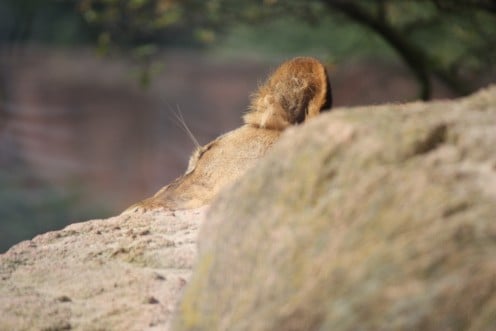
Number EIGHT
Look for an so called 'destroyer'. This can be anything like a rock or a wonderful tree. They actually don't 'destroy' your picture - on the contrary. Let things frame your picture. Destroyers let the eyes of your viewers flow over your photography and search for details because every viewer would love to find something special in an image. We all love pictures when they tell a story. Additionally, you will receive a wonderful image composition that frames your photo and your picture will be interesting and attract more attention.
Number NINE
Be patient, very awake and prepared for animal photography. All these articles which recommend certain equipment are right by explaining which technical standards are on the market and best for photographing animals. On the other hand an expensive equipment does not make any photographer a better photographer. You need to have an eye for animals and feel love for them.
Respect is the keyword here. No fear, but feel respect and love in each single moment you spend in the wild nature of our wonderful planet.
This includes that you don't leave any garbage wherever you take your pictures. No chewing gum, no chewing gum paper, no old batteries or packages. Usually this should to go without saying, but in these days my inner voice told me better to mention it.
Number TEN
Depending on what kind of animals your animal photography includes, you should know some behavior rules - just in case.
Avoid eye contact because most animals feel this as a sign of aggressivity and expect you will attack them, but before that could happen (what you never planned) they will attack you. So, make yourself small and stay calm. Remember what I mentioned about your breath. Animals smell your fear. Stay as calm and relaxed as possible and use every chance to move backwards to bring more distance between yourself and the animal.
There are several documentaries running on YouTube and on TV where animal photographers or filmmakers simply jump up and shout out loud to dislodge the animal or a group of animals. Be VERY careful and don't do this - NEVER EVER!
Maybe you are lucky and surprise the animal in a way that it turns and runs away, but what will you do if it won't do that? Each animal mummy will not react like you expect she should. On the contrary. She is on search for a meal for her children or family and will immediately fight and try to kill you as YOU are the danger for her life and for her babies.
If you don't meet an animal mother, but a hungry single male animal you will get into the same trouble as you are in his territory. This is valid for all kinds of animals. Even a lone wolf can become dangerous although wolves are known for being shy and avoiding human beings.
Hence, if you take animal pictures in the wood in your neighborhood and you meet any animal you did not expect - react smart and don't move. If you feel the need to leave that place move slowly and keep a wary eye on the animal. In such a moment you will be thankful not to have much equipment to carry with you. Should your situation be surprising dangerous for you simply take the memory card our of your camera and then leave the place without your equipment. You can go back later and take it home. In addition, you better turn off your ringtone - but keep your cell phone on in case you should have to call for help.
With this list of advice I hope you will enjoy your animal photoshoot and be successful with your pictures. Good luck and have fun!
No Animals Around?
- Take it easy and start simple. Birds are everywhere, even in the biggest metropoles. Take a walk through a park and you will find birds, squirrels, mice and many other animals - not to forget all these dogs coming to parks to play and run around.
- Many cities have areas for animals to feed them during hard winter times. There you have to ask if you may take pictures. Animals you can find there: a herd of deer, hedgehogs or boars.
- In addition there usually exist so called breeding stations for wild animal babies which were found left alone. There you can even find eagles and other big birds.
- Another opportunity beside aqua parks are stations for film animals where they learn their tricks.
- The more you learn in animal photography the more you will wish for more and discover what wanderlust means. Save money to make things happen. A small trip through any nature preserve is not that expensive and can be a wonderful holiday weekend.
- Furthermore, you should look for guided travels like whale watching, following wolves or bears which are worth to be photographed. The world is versatile and colorful - enjoy every step you make and keep your eyes open for animals.
© 2015 Elisabeth Meier

